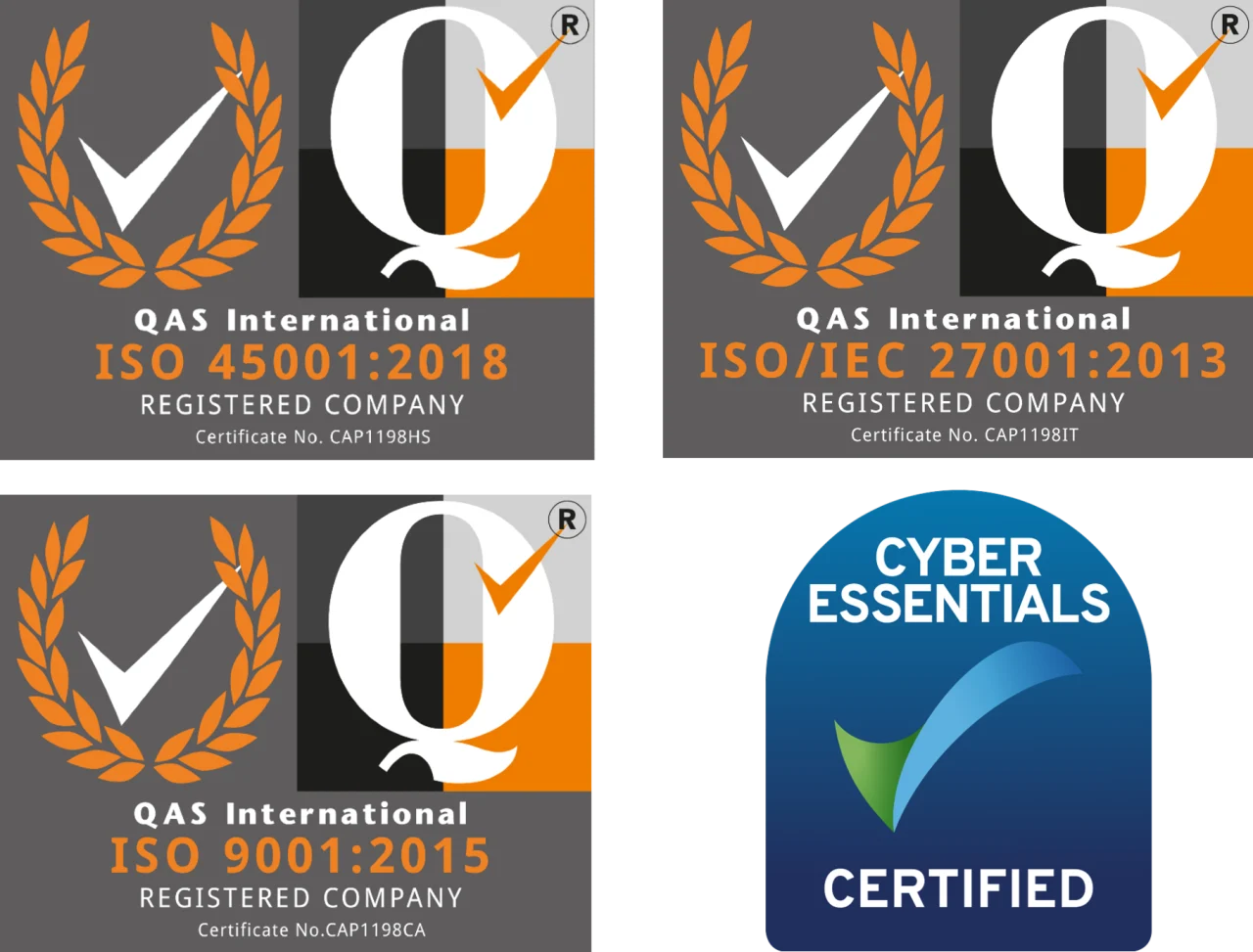Regular visitors may recall a recent news article raising the issue of Microsoft Licensing and how much we all know about the various schemes on the market. Since then, ESP Projects Managing Director Morgan Killick has developed an ‘in a nutshell guide’ to help you find your way around the bewildering array of products available.
First of though, all a little caveat. How many of us know that we will never ‘own’ a piece of Microsoft software? It is, of course, Microsoft that own the software, all you – the licensee – may do, is buy a licence to operate it. What’s more, under any of these schemes (except SPLA),
licensees may not hire, lend or lease the software to third parties. Trainees and volunteers do not count as third parties, but members of the public and legal entities (that you do not own) ARE counted, hence you cannot allow them to use your software.
We now look at the most common forms of licence:
1. Retail, or Fully Packaged Product (FPP)
This is the off-the-shelf product in a box with CD and manual, sold through retail outlets. It is intended for a single user who has already bought a PC and wants to install this software on it. It is invariably the most expensive way to buy, but in some situations, it is a necessary evil as you may not qualify for any of the other methods.
2. OEM Licence
The ‘Original Equipment Manufacturer’ licence cuts out the ‘middleman’ (i.e. the retailer) and allows a Manufacturer or Systems Integrator to sell you a licence where the software has been pre-installed as part of the system you are buying from them. Typical examples here are Windows XP or Vista. If you buy a new PC ‘with’ Windows Vista, you are buying an OEM licence. You may be offered other OEM software too. If this is the only PC you will ever own, buying this software in OEM form could be a money-saver.
3. Volume Licence (Open Agreement)
If you are buying more than 5 applications or 1 server product, Microsoft offers a discount on Retail editions through a ‘Volume Licensing’ (in this case ‘Open’) program. With volume licences, you do not necessarily need a CD, box or manual, just a Volume Licence Key, which allows you to install the software on a number of devices. Open agreements can be set up through resellers and require a licence to be made out to a named legal entity. Once an Open agreement is accepted by an authorised representative of that legal entity, you can purchase additional items in units of 1 (whilst the agreement is still valid – typically a period of 18 months). The Open Agreement has two pricing strands – Corporate and Education. The criteria for Education pricing. Compared with Retail and OEM schemes, volume licensing also carries additional Product Use Rights.
4. Volume Licence (Select Agreement)
In some circumstances, Not-for-Profit organisations may want less than 5 licences, but may still qualify for a Volume Licensing Agreement as an affiliate of the NCVO. Certain Select agreements have been negotiated between Microsoft and the VCS, and your organisation may be able to buy into these. Contact an Education licensing specialist such as Civica, Pugh or Phoenix for more details.
5. CTX Scheme
In addition to all of the above, Microsoft has negotiated a software donations program through the Charity Technology Trust. Known as the CTX scheme, and delivered through http://www.ctxchange.org.uk this scheme is available for Registered Charities ONLY. The scheme allows them to buy from the Microsoft catalogue at an extremely favourable rate, although some restrictions apply.
6. Service Provider Licence Agreement (SPLA)
If you are an organisation that plans to lease, lend or hire systems that involve Microsoft Products to third parties, the only way of doing so legally is to register for a SPLA. Within the SPLA, you will report to your SPLA reseller on how many of each Microsoft product those third parties have used each month and will pay a monthly fee accordingly. A list of SPLA resellers.

